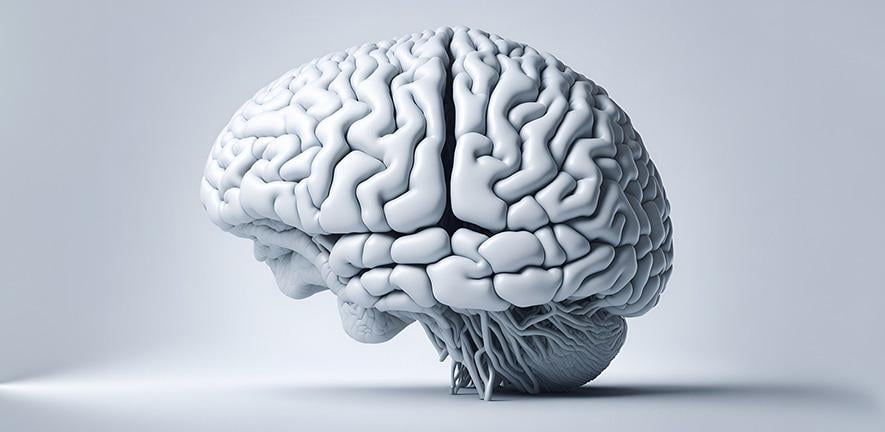Summary: A new study reveals that an accelerated form of transcranial magnetic stimulation (TMS) targeting two brain regions simultaneously can effectively treat depression in just five days. The research, conducted by scientists from Cambridge and Guiyang, found that nearly half of patients receiving this dual treatment showed significant improvement immediately after treatment, offering hope for those resistant to conventional therapies.
Journal: Psychological Medicine, October 23, 2024, DOI: 10.1017/S0033291724002289
Reading time: 4 minutes
A Faster Path to Relief
For the one in three depression patients who don’t respond to standard treatments, a new rapid approach to brain stimulation therapy may offer hope. The study tested an accelerated version of TMS, delivering 20 treatment sessions over just five days instead of the traditional month-long course.
“Our accelerated approach means we can do all of the sessions in just five days, rapidly reducing an individual’s symptoms of depression,” says Professor Valerie Voon from the University of Cambridge. “This means it could be particularly useful in severe cases of depression, including when someone is experiencing suicidal thoughts.”
Two Targets, Better Results
The research team tested a novel “dual” approach, targeting two distinct brain regions affected by depression. The treatment applies magnetic stimulation to both the dorsolateral prefrontal cortex and the orbitofrontal cortex, effectively addressing multiple aspects of depression simultaneously.
The results were striking: 48% of patients receiving the dual treatment showed clinically significant improvement immediately after treatment, compared to just 18% in the single-treatment group and 4% in the control group. Even more encouraging, these benefits largely persisted four weeks later.
Patient Experience and Future Directions
Dr. Hailun Cui, who worked on the study, reports that “Patients frequently reported experiencing ‘lighter and brighter’ feelings as early as the second day of treatment.” While some patients reported local pain at the treatment site, none dropped out of the study.
The researchers are now investigating which specific areas of the brain might be most effective to target and for which types of depression, potentially leading to even more refined and effective treatments in the future.
Glossary
- TMS (Transcranial Magnetic Stimulation): A non-invasive treatment that uses magnetic fields to stimulate nerve cells in the brain
- Dorsolateral prefrontal cortex: An area at the upper front of the brain involved in executive functions
- Orbitofrontal cortex (OFC): A brain region involved in decision-making and emotional processing
- Clinical response: A reduction in depression symptoms of 50% or more on standardized scales
Reader Quiz
- Q: How many days does the accelerated TMS treatment take?
A: Five days - Q: What percentage of patients showed significant improvement with dual treatment immediately after therapy?
A: 48% (nearly half) - Q: Which two brain regions does the dual treatment target?
A: The dorsolateral prefrontal cortex and the orbitofrontal cortex - Q: How many sessions per day does the accelerated treatment involve?
A: Four sessions per day
Enjoy this story? Get our newsletter!


